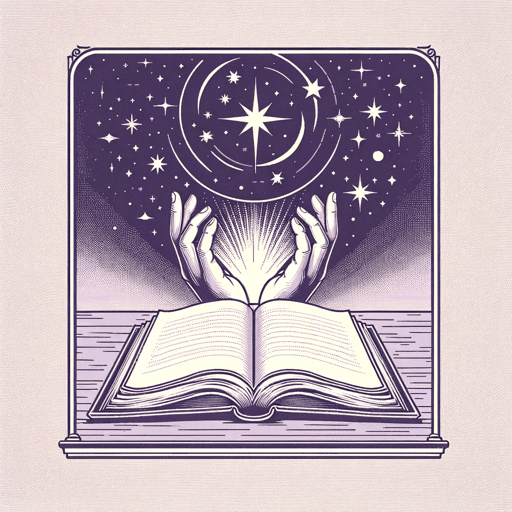48 pages • 1 hour read
Thomas PaineThe Rights of Man
Nonfiction | Book | Adult | Published in 1791A modern alternative to SparkNotes and CliffsNotes, SuperSummary offers high-quality Study Guides with detailed chapter summaries and analysis of major themes, characters, and more.
Background
Political/Philosophical Context: Rights of Man and the British Constitution
Rights of Man caused an unprecedented sensation in Great Britain because it challenged a century-old political consensus regarding the British constitution. The meaning and significance of constitutionalism in English and British history, therefore, establishes the immediate context for Paine’s revolutionary arguments.
The 18th-century British constitution was almost entirely unwritten. As it evolved through the centuries, this constitution came to reflect certain broad principles, such as limited monarchy and the rule of law, which 18th-century Britons championed as the foundations of their liberty. Since it was never compiled into a single document, the 18th-century British constitution is best understood as a set of institutional arrangements that correlate with the era’s prevailing social hierarchy. In short, the British constitution attempted to strike a balance among Aristotle’s three forms of government—monarchy, aristocracy, and democracy—any one of which, taken to its extreme, would produce tyranny.
In 18th-century Britain, these three forms also represented divinely-ordained divisions within society: the one, the few, and the many. The king or queen (the one) stood for monarchy. In Parliament, the House of Lords (the few) stood for aristocracy and the House of Commons (the many) for democracy. After the 







Related Titles
By Thomas Paine
Featured Collections
Books on Justice & Injustice
View Collection
Books on U.S. History
View Collection
Challenging Authority
View Collection
Class
View Collection
Class
View Collection
European History
View Collection
Nation & Nationalism
View Collection
Philosophy, Logic, & Ethics
View Collection
Politics & Government
View Collection
Power
View Collection



